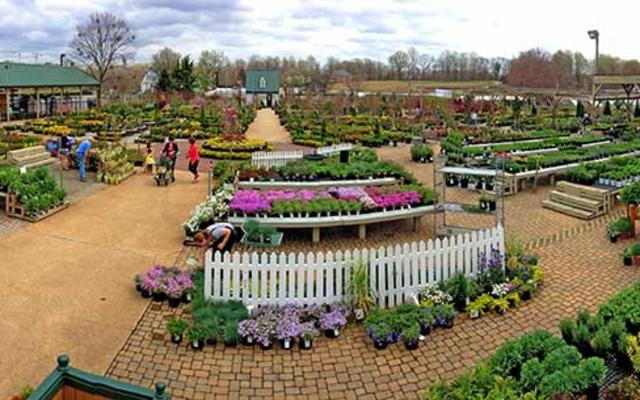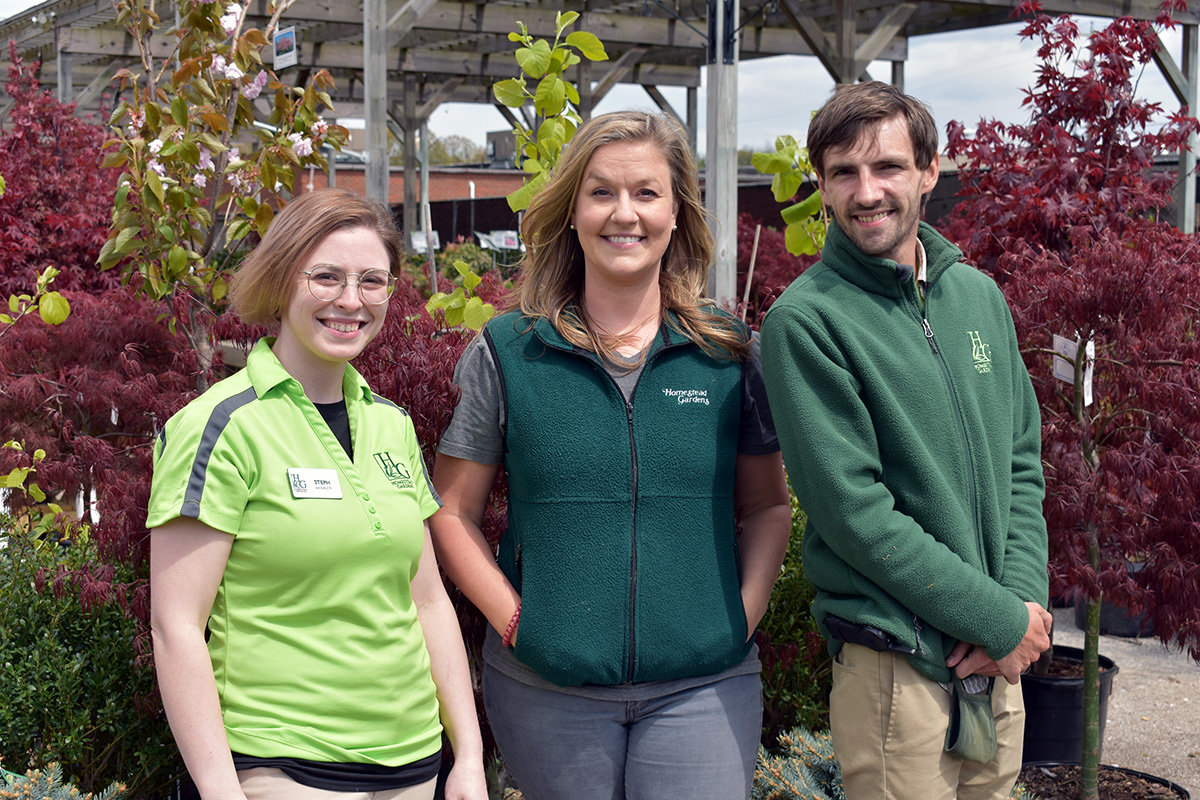Discover the Keys to Producing a Gorgeous and Effective Horticulture Space
Developing a stunning and efficient horticulture area is not just a matter of planting blossoms and vegetables; it calls for a calculated technique that encompasses numerous essential components. From selecting the right location based on sunshine and dirt kind to thoughtfully making your layout and selecting appropriate plants, each decision plays a crucial role in the success of your yard.
Picking the Right Location
Selecting the suitable location for your yard is crucial to its success and overall aesthetic allure. The initial step in this process involves evaluating sunlight direct exposure, as most plants call for a minimum of 6 hours of direct sunlight daily (Homestead Gardening). A south-facing garden normally receives one of the most light, while shaded locations can hinder growth and flowering
In addition, consider soil quality and drainage. Well-draining soil is necessary to avoid waterlogged roots, which can lead to plant illness. Carrying out a soil examination can provide useful details pertaining to pH levels and vitamins and mineral content, enabling you to amend the soil as necessary.
Moreover, closeness to water sources is another factor to consider - Homestead Gardening. Having easy access to a pipe or irrigation system can streamline the watering procedure and motivate regular plant care. Wind defense is also essential; positioning your yard near frameworks, such as fences or wall surfaces, can protect it from extreme winds that may harm delicate plants
Finally, think about ease of access for upkeep and harvesting. A well-placed yard allows for convenient gain access to, making sure that you can quickly have a tendency to your plants without causing excessive stress and anxiety or disturbance. Thoughtful place choice lays the structure for a thriving yard.
Choosing Plants Sensibly
When selecting plants for your garden, it's important to consider aspects such as environment, soil problems, and individual choices to ensure a harmonious and effective area. A comprehensive understanding of your neighborhood climate will lead you in choosing plants that flourish in your particular setting. Selecting drought-resistant ranges is useful in arid regions, while moisture-loving types may be extra ideal for areas with high rainfall.
Soil problems are just as crucial; conducting a dirt test can disclose pH degrees and nutrition web content, allowing you to select plants that will prosper. Indigenous plants are frequently a superb choice, as they are normally well-adapted to local dirt types and call for less upkeep.
Mirror on your personal choices-- picking plants that reverberate with your visual preferences will enhance your enjoyment and dedication to maintaining your yard. By thoroughly reviewing these elements, you can produce a growing and diverse plant selection that raises your gardening experience.
Creating Your Yard Design
With an attentively chosen plant option in hand, the following step is to create a garden format that maximizes both charm and functionality. Begin by analyzing the available space, taking into consideration aspects such as wind, sunlight, and color patterns. A well-planned design must integrate various zones, consisting of locations for growing, paths, and potentially seating.
Beginning with bigger plants or centerpieces, such as trees or high perennials, positioned strategically to produce aesthetic passion. Layer smaller sized plants in front to boost depth and appearance. Think about the development practices of your picked plants; taller varieties need to be placed at the back or facility of beds, while much shorter ones can line the edges.
Including paths not just promotes access for maintenance but also welcomes exploration. Use products that enhance the yard's total aesthetic, whether timber, gravel, or rock chips.
Additionally, think of seasonal modifications and just how your layout will look throughout the year. Incorporating evergreens alongside seasonal flowers can guarantee year-round go to this website beauty. Eventually, a well-designed yard design balances the natural elegance of plants with functional considerations, leading to a space that is both inviting and effective.
Enhancing Soil Health

To boost soil health, start by carrying out a soil examination to examine pH degrees, nutrition web content, and dirt texture. Include natural matter such as compost, well-rotted manure, or leaf mold to improve soil structure, water retention, and microbial task.
Mulching is an additional effective approach; it not only conserves wetness however likewise suppresses weeds and slowly improves the soil as it damages down. Preventing extreme tillage is important, as it can disrupt dirt framework and harm helpful organisms. Instead, take on no-till or marginal tillage practices to maintain dirt integrity.

Keeping Your Garden Efficiently
A properly maintained garden gives pride and efficiency, needing constant interest to guarantee that plants grow and the landscape stays welcoming. Efficient yard upkeep involves numerous crucial practices that improve the wellness of your plants and the overall aesthetic of your space.
Routine watering is important; nonetheless, it is necessary to tailor your watering schedule based upon the particular needs of your plants and neighborhood environment problems. Mulching can aid keep dampness, suppress weeds, and control soil temperature. Furthermore, timely weeding protects against competitors for nutrients and resources, ensuring that your plants prosper.
Trimming is an additional crucial task. It encourages healthy and balanced growth, removes diseased or dead branches, and shapes plants to preserve an attractive structure. Furthermore, keeping an eye on for diseases and insects is important; early discovery and treatment can conserve your plants from substantial damage.
Fertilization must be carried out thoughtfully, making use of natural options whenever possible to advertise lasting dirt health. Ultimately, seasonal tasks such as growing, separating perennials, and planning for winter will guarantee your garden remains dynamic year-round. By complying with these methods faithfully, you can grow a garden that is both efficient and stunning.
Conclusion
To conclude, the production of a productive and lovely gardening area calls for mindful visit this web-site consideration of several crucial elements. Picking an ideal area with adequate sunlight, choosing appropriate plants, developing an aesthetically pleasing design, boosting dirt wellness, and making sure regular maintenance are necessary parts. By integrating these methods, one can cultivate a prospering yard that not only boosts the landscape but additionally advertises ecological balance and sustainability. Such a method inevitably leads to a satisfying horticulture experience.
From selecting the right place based on sunshine and soil type to attentively creating your design and website link choosing suitable plants, each decision plays a crucial role in the success of your yard. Well-draining dirt is necessary to protect against water logged origins, which can lead to plant illness.When selecting plants for your garden, it's crucial to take into consideration aspects such as environment, dirt conditions, and individual choices to guarantee a harmonious and productive space. Ultimately, a well-designed garden layout balances the natural beauty of plants with practical factors to consider, resulting in a room that is both inviting and effective.
